

Goobie is collecting train sightings; I’m collecting Ancient City Kingdoms. The latest one I’ve found is the kingdom of Soloi, near Morphou Bay in the north of Cyprus. And we soon discovered that Soloi has been hiding some magnificent treasures.
In 673-672 BC, an inscription for the Assyrian King, Esarhaddon, revealed that Cyprus was divided into a number of Ancient City Kingdoms: Ledrai, Paphos, Kourion, Salamis, Soloi, Kition, Amathus, Idalion, Chytroi, Tamassos, Kyrenia, Lapethos and Marion. During my time in Cyprus, I want to visit all of them – or what (if anything) remains of them.
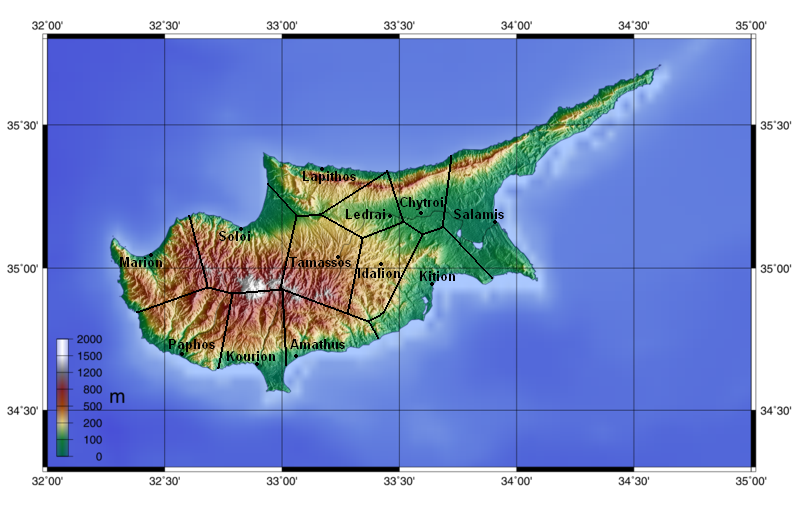
On a trip to the north side of the island last month, we visited the city of Soloi (also known as Soli). Soloi sits to the south of Morphou Bay, near the mining town of Lefke. The city is only a few kilometres from Vouni Palace. In fact, Vouni was built to spy on Soloi, until Soloi eventually destroyed it.
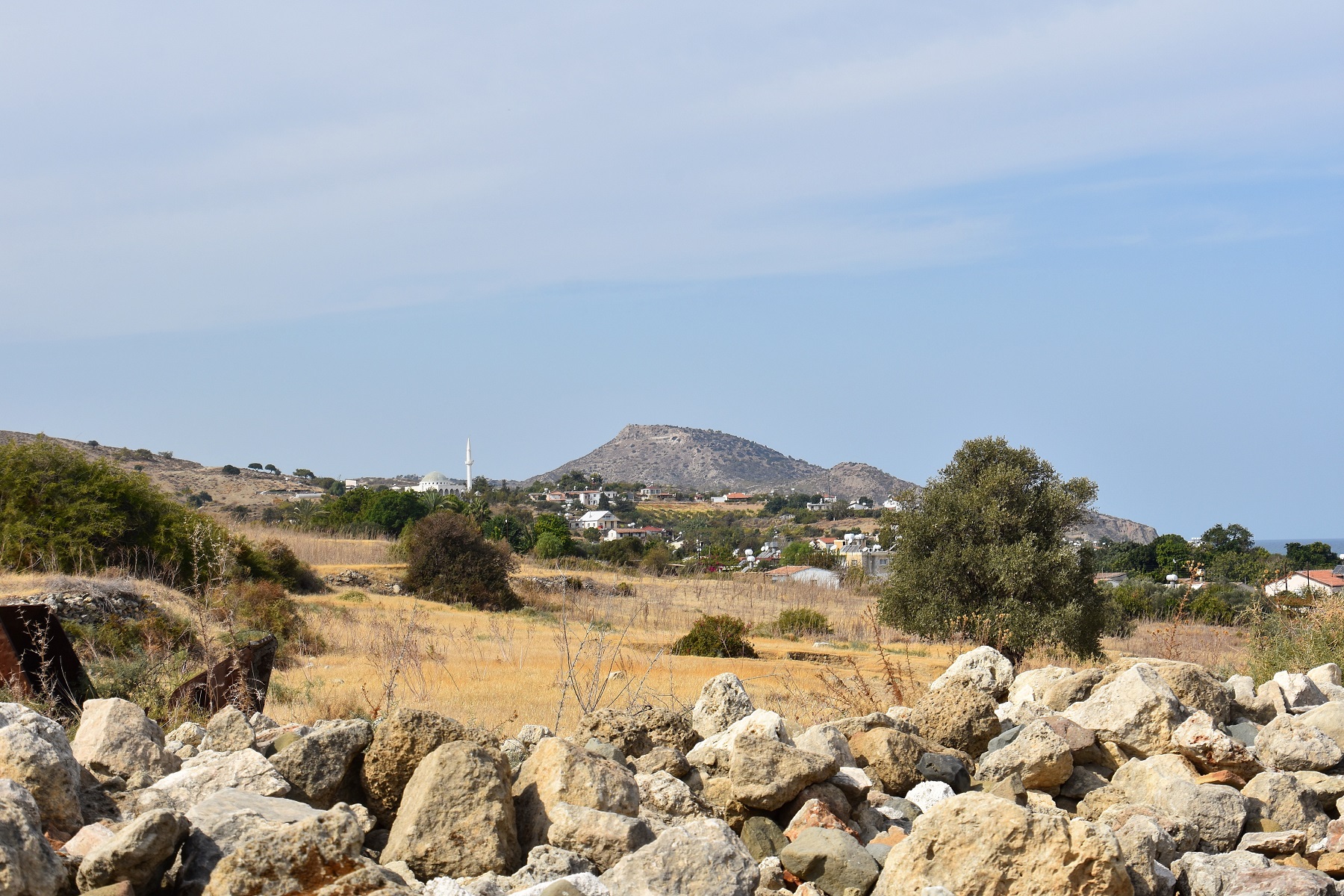
What remains of Soloi is actually from Roman times. Most impressive is the beautiful basilica mosaic floor – covered by a protective roof so ugly that I initially thought it was part of a farm and drove past it. However, beneath the roof is a walkway that takes you around the basilica’s perimeter.

From the walkway you can look down on the mosaics below. The most beautiful – and famous – mosaic is the swan, from the 4th century AD. Goobie was very taken with the swan and the only way to coax him away was to ask him how many other animal mosaics he could find. He found dolphins and ducks. Apparently there is also a bear and horse – the figures were sometimes hard to make out. The mosaics here aren’t as clear as the ones in Paphos and Kourion.
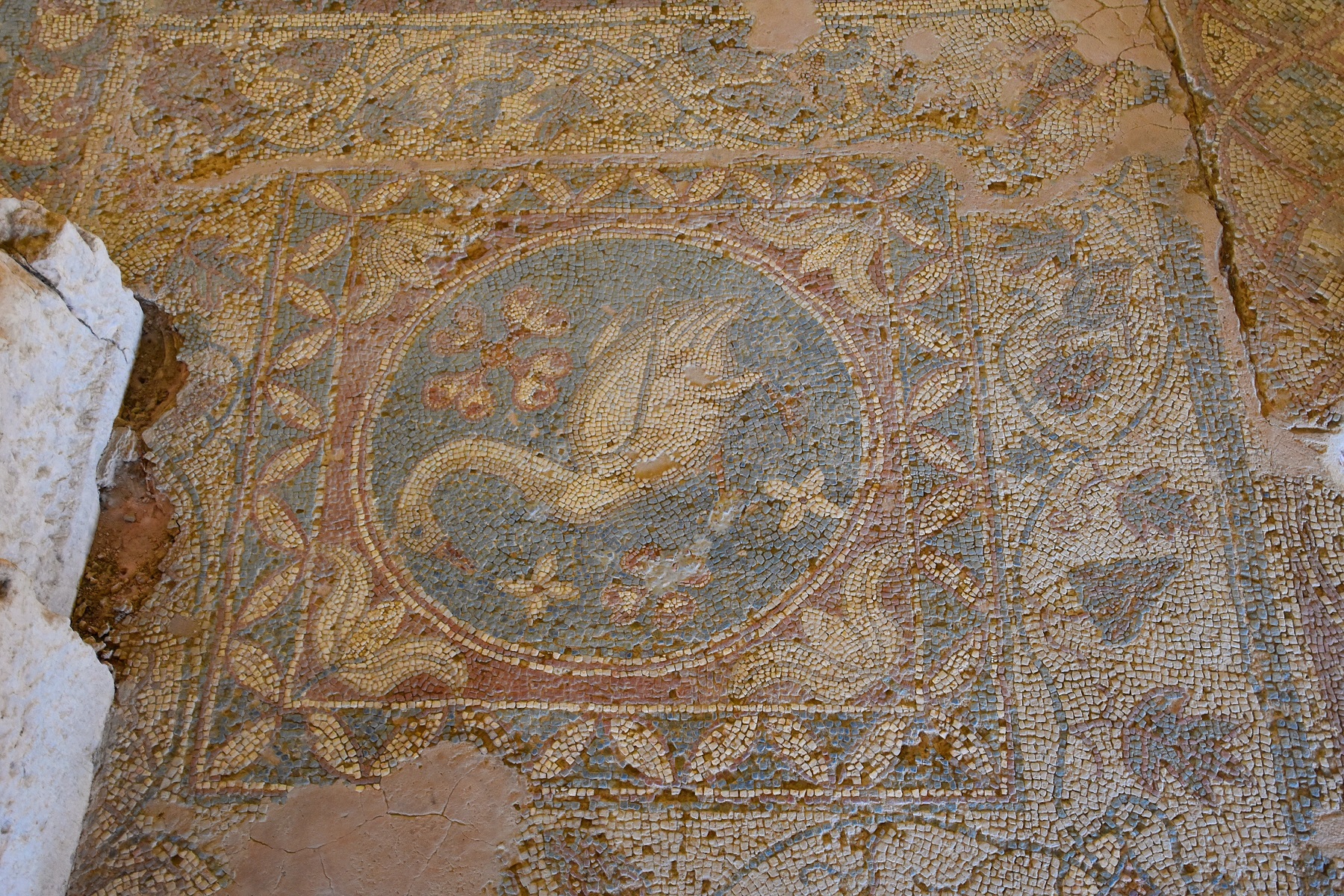
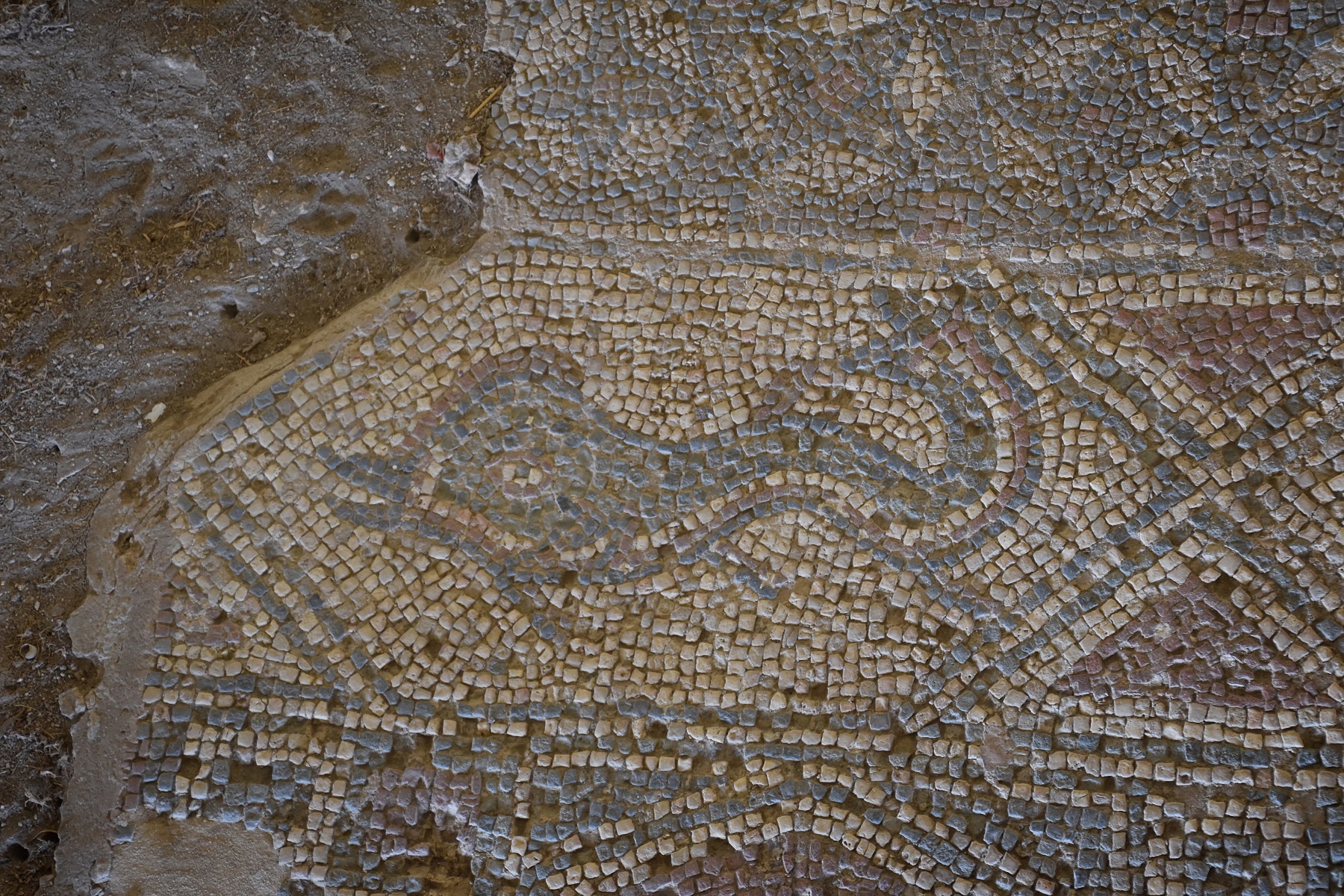
The basilica was destroyed in the Arab raids in the 4th century AD and you can see some of the pillars lying where they’d originally been toppled.
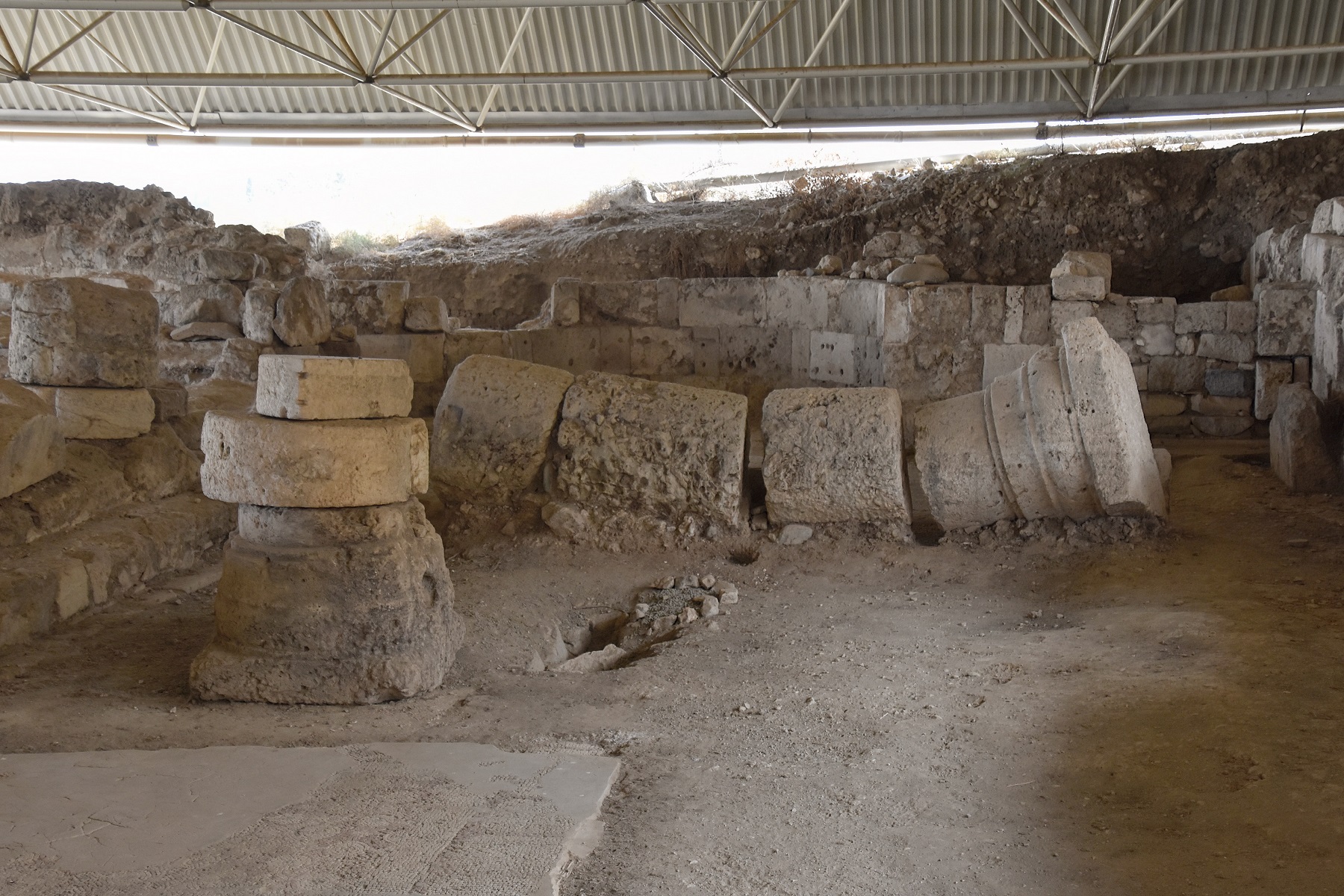
The basilica also has its obligatory treasure story. I love these!

Further up the hill from the basilica is a Roman theatre, built to seat around 3500 people. The theatre has undergone controversial restoration work – some say the restoration has been overdone, stripping it of its original atmosphere. Nonetheless, I wouldn’t say no to watching a performance there – particularly with its views across the Bay.
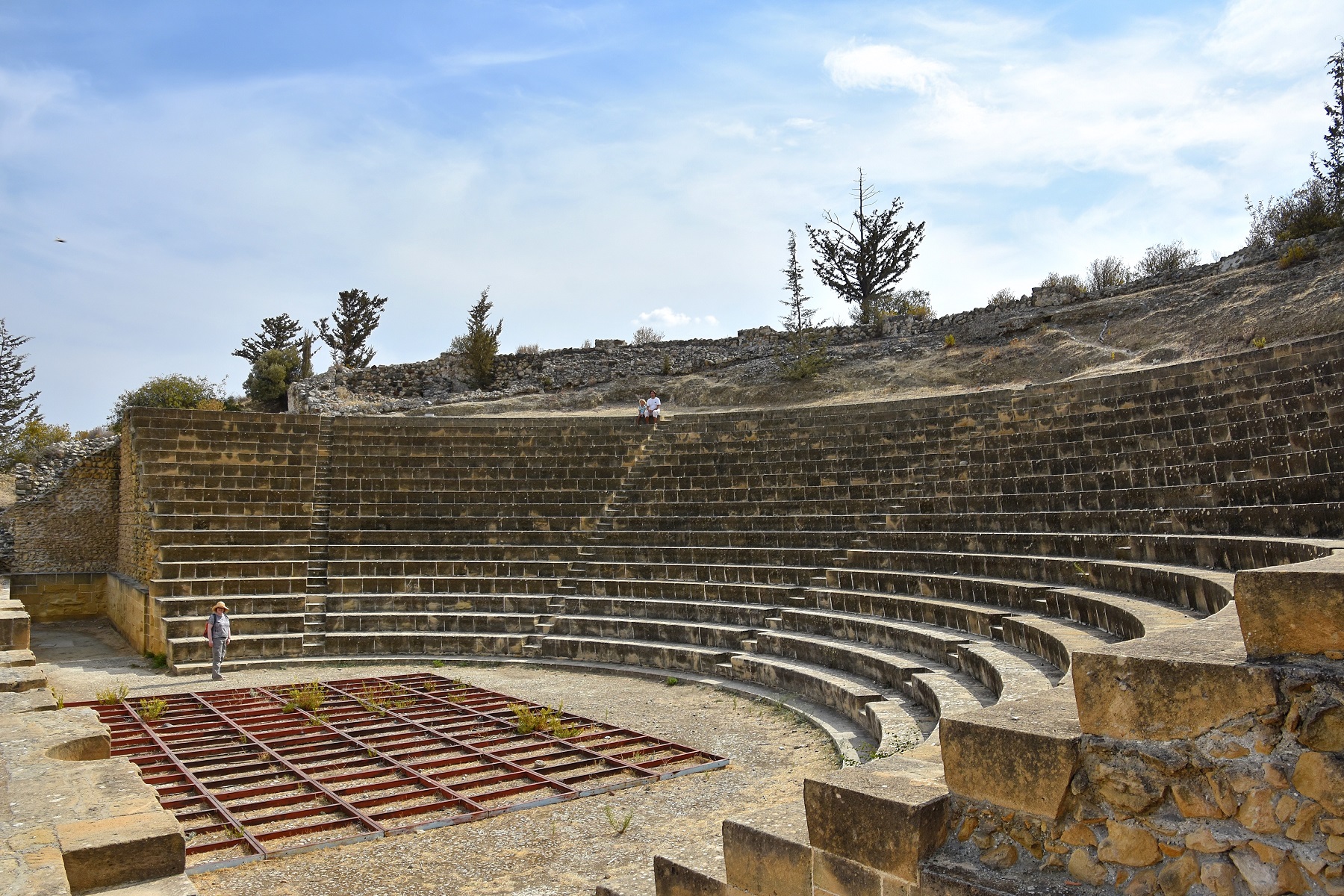
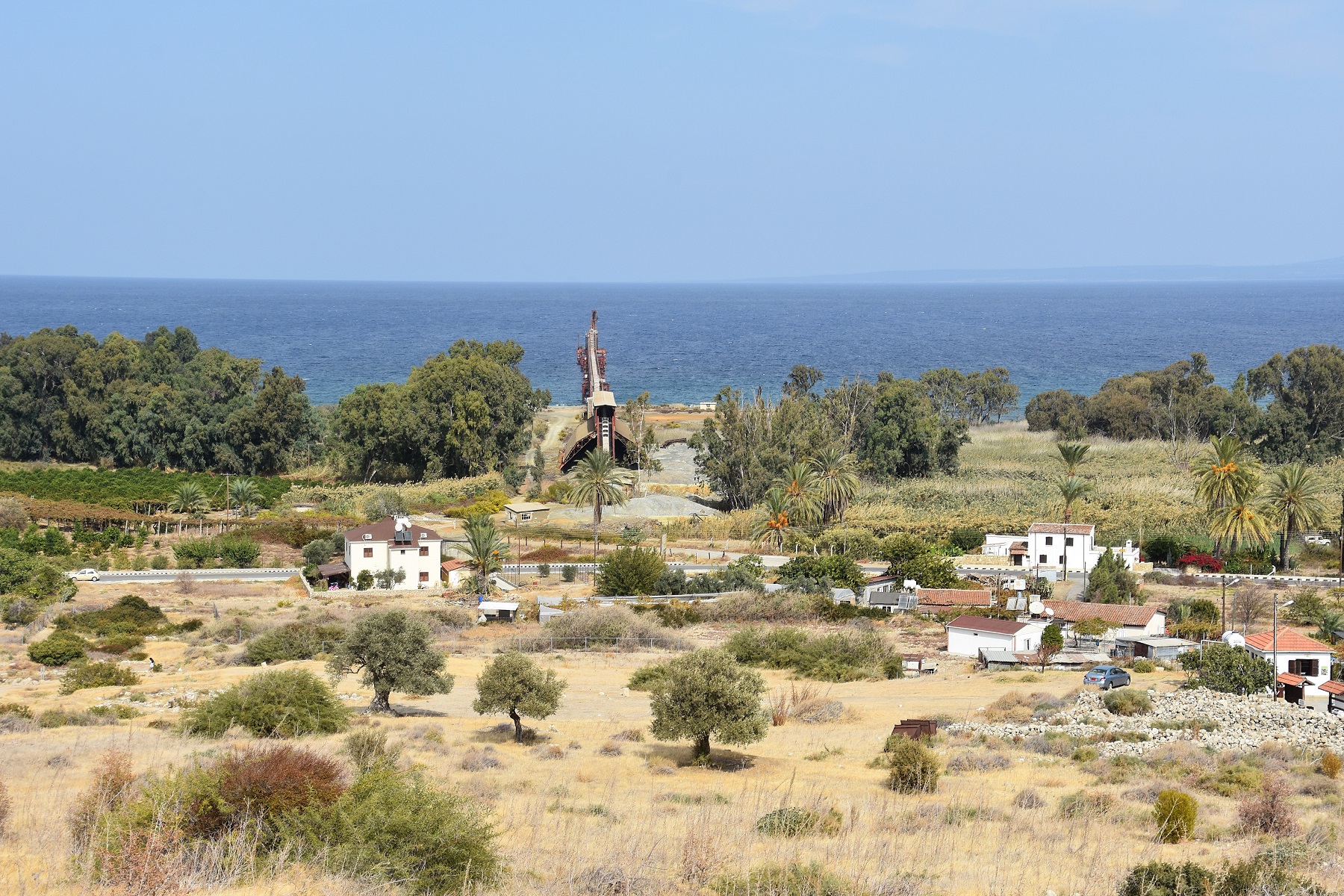
Behind the theatre are signs of other ruins, steps, walls. A map shows that there’s a lot more to this site that either isn’t open to the public, such as the Aphrodite Temple, or isn’t accessible, like the tombs.
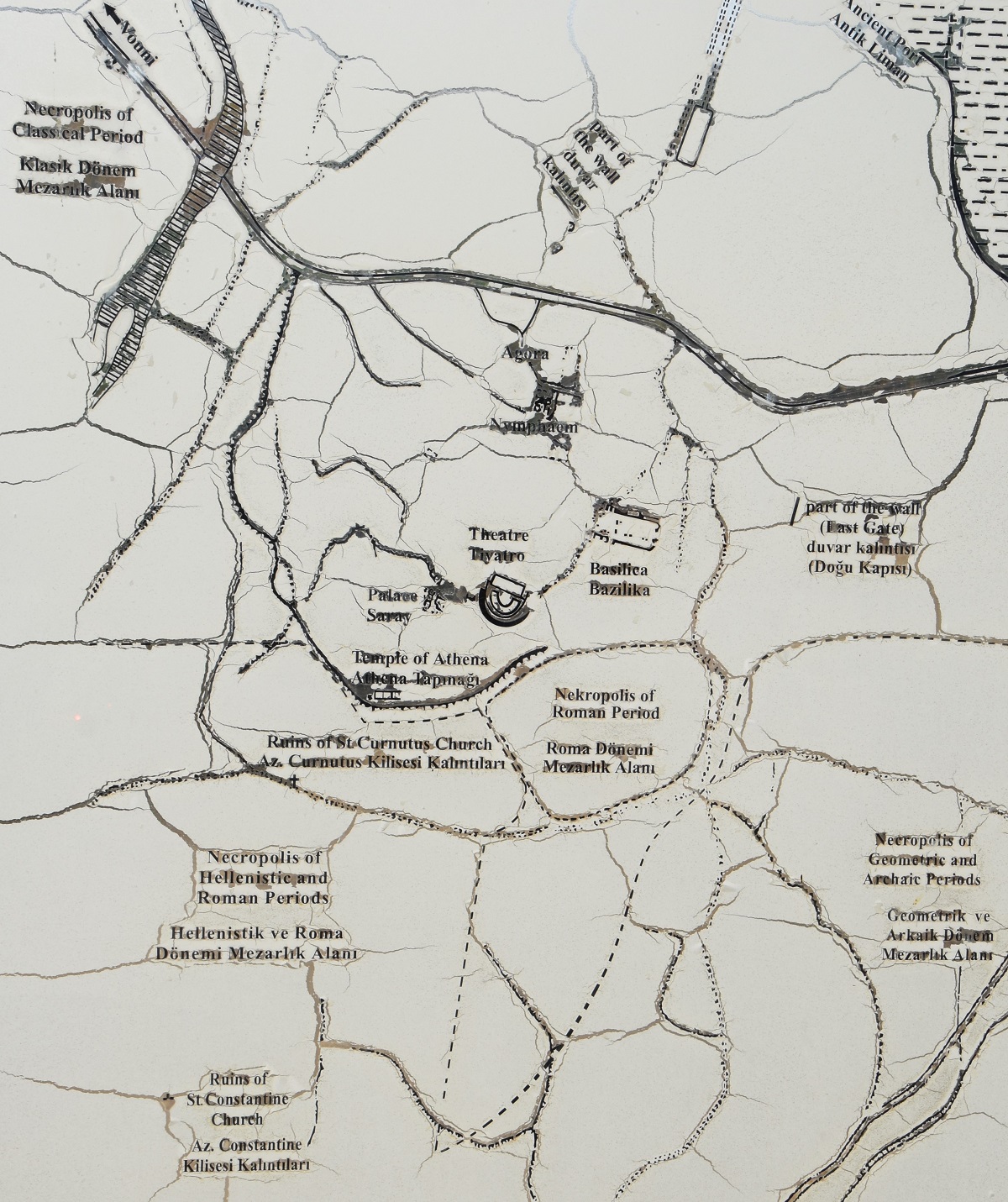

However, I was looking for something specific. I’d heard stories of treasure being found in Soloi, but I hadn’t found where. We walked along the hill behind the theatre, where there were signs of what I thought were tombs – sunken roofs of some sort of underground structures. Having since studied the map, I’m now wondering whether these were actually ruins of an old Hellenic palace.

But I was still on the hunt for treasure – or where it was found anyway. We walked down the hill and to the west of the basilica were signs pointing to more ruins. I wandered down and found a partially-excavated Roman agora, colonnaded street and nymphaeum (a place with nymph statues and fountains). The fact that it was only partially-excavated made it all the more intriguing – particularly when I looked down into dark pits covered with undergrowth and wondered whether anyone really knew what was down there.
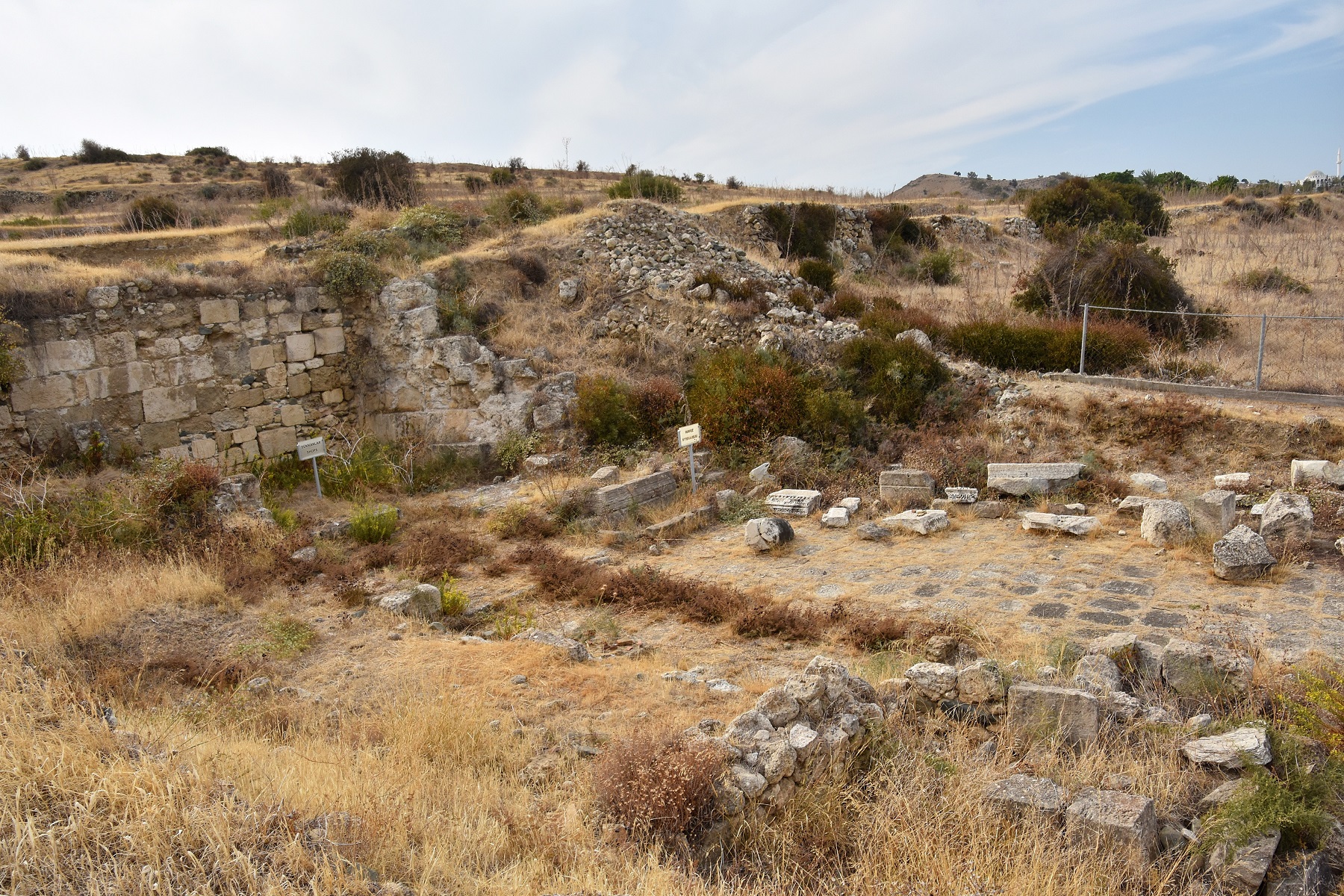
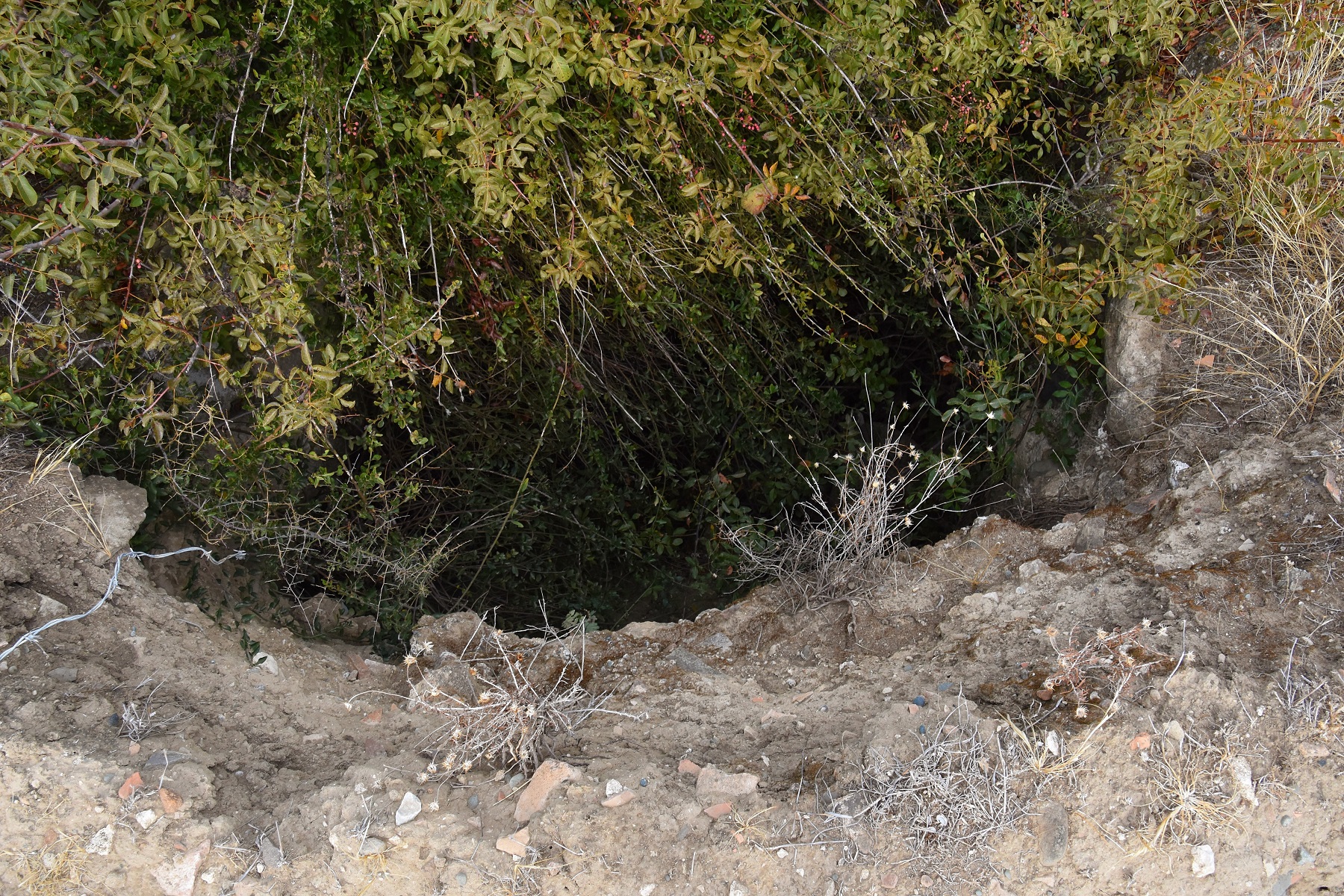
Once we’d explored Soloi, we had time to visit the Morphou Archaeological Museum. I wish I could provide decent directions to find it. I can’t. We just headed for the centre of Morphou and stumbled across it. It’s in an impressive building – the former Bishop’s residence – right in the centre of Morphou. You can’t miss it once you see it. Google Earth may help find it. Here’s what it looks like:
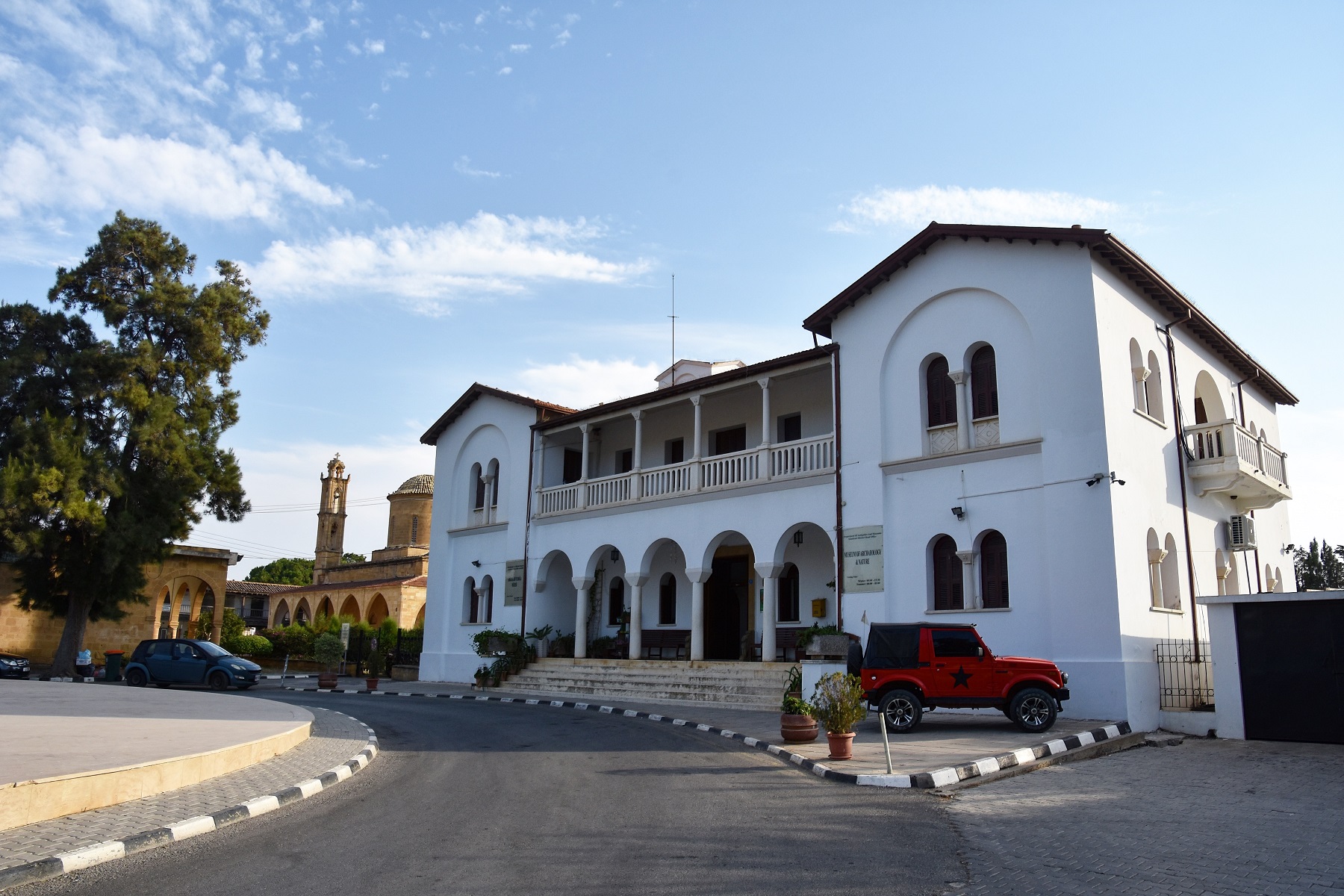
It’s a fairly small, but interesting museum, filled with artefacts from across the island. But we were interested in a particular room on the second floor that contained the treasure found in Soloi. And we weren’t disappointed. The room was full of gold!
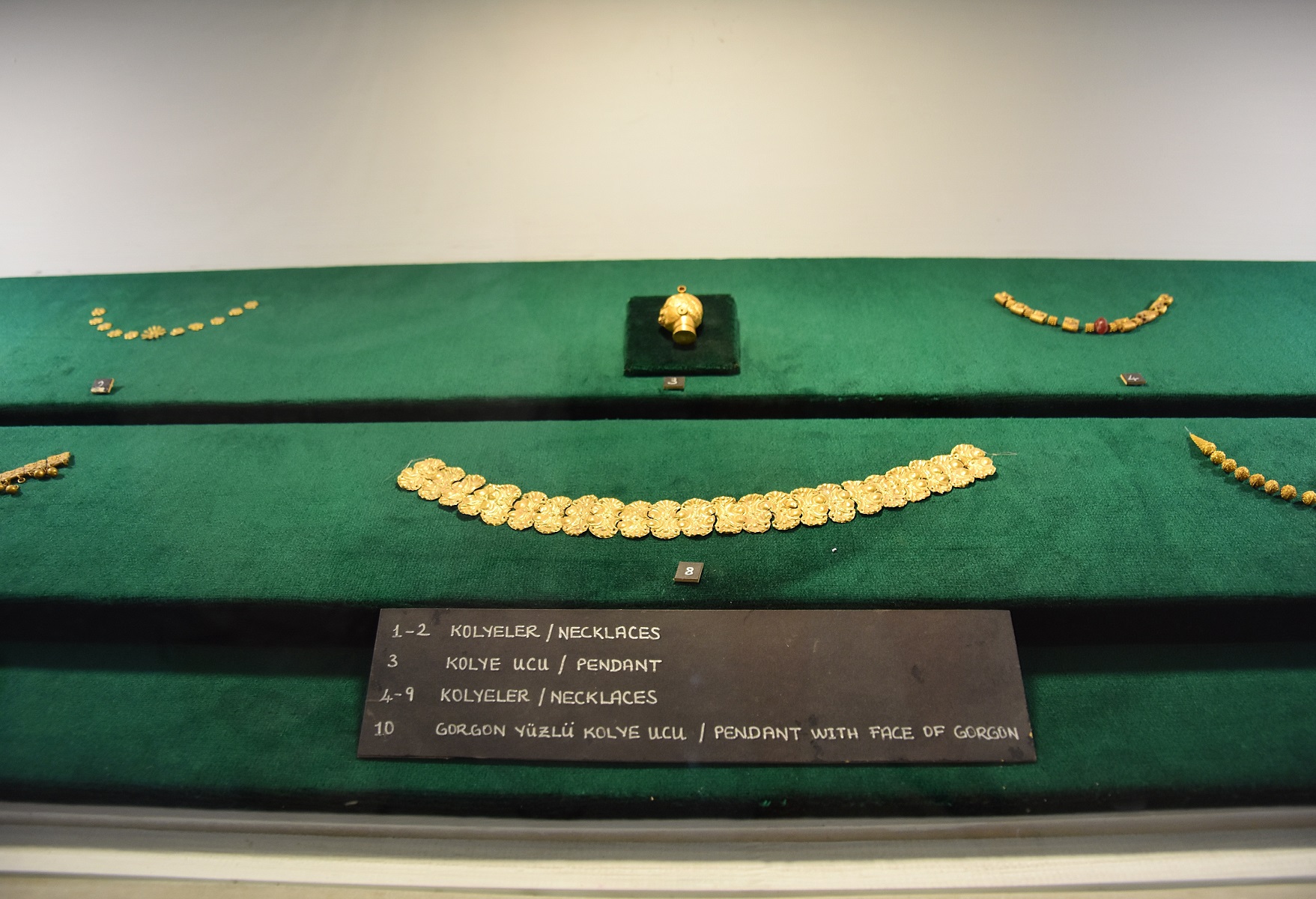
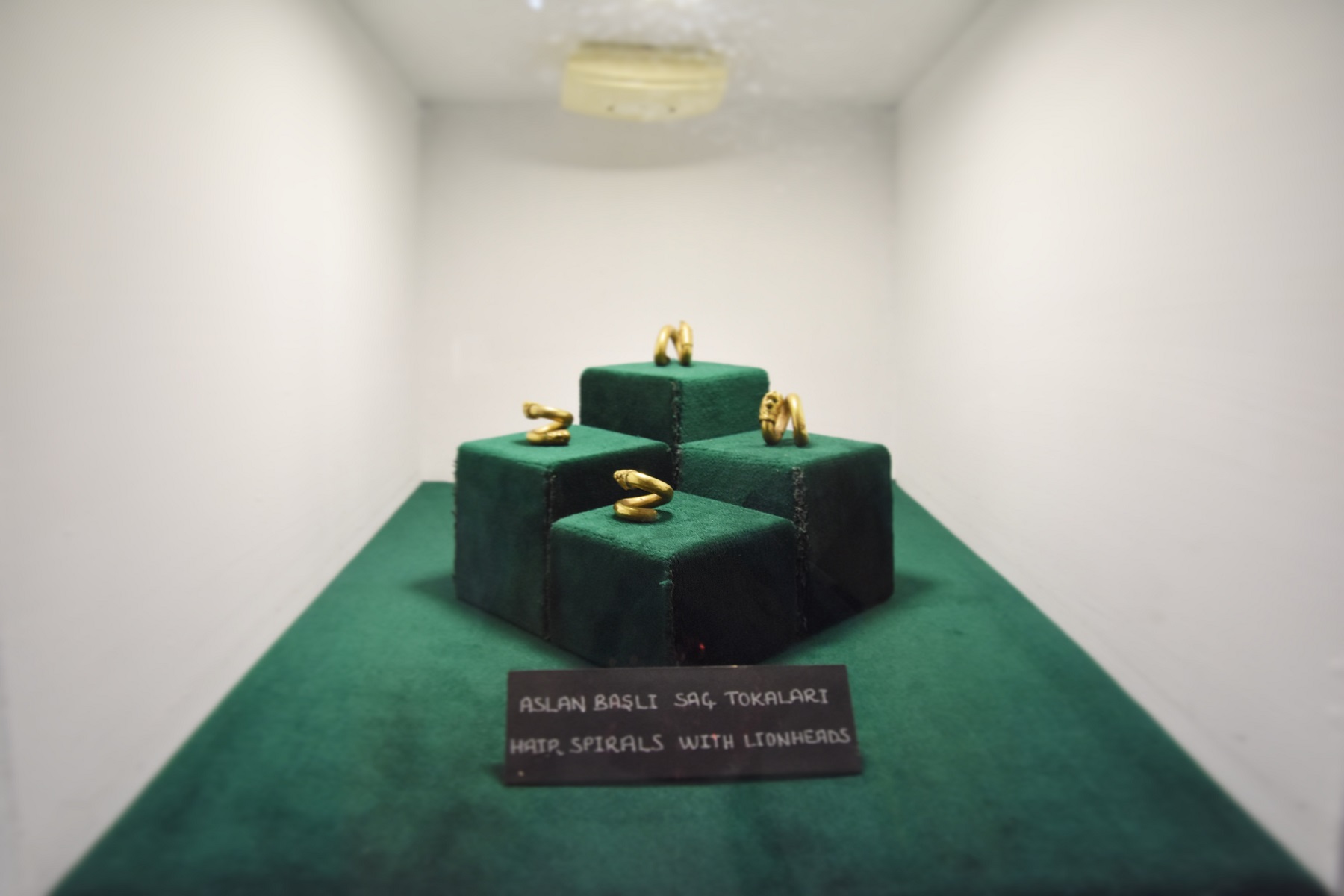
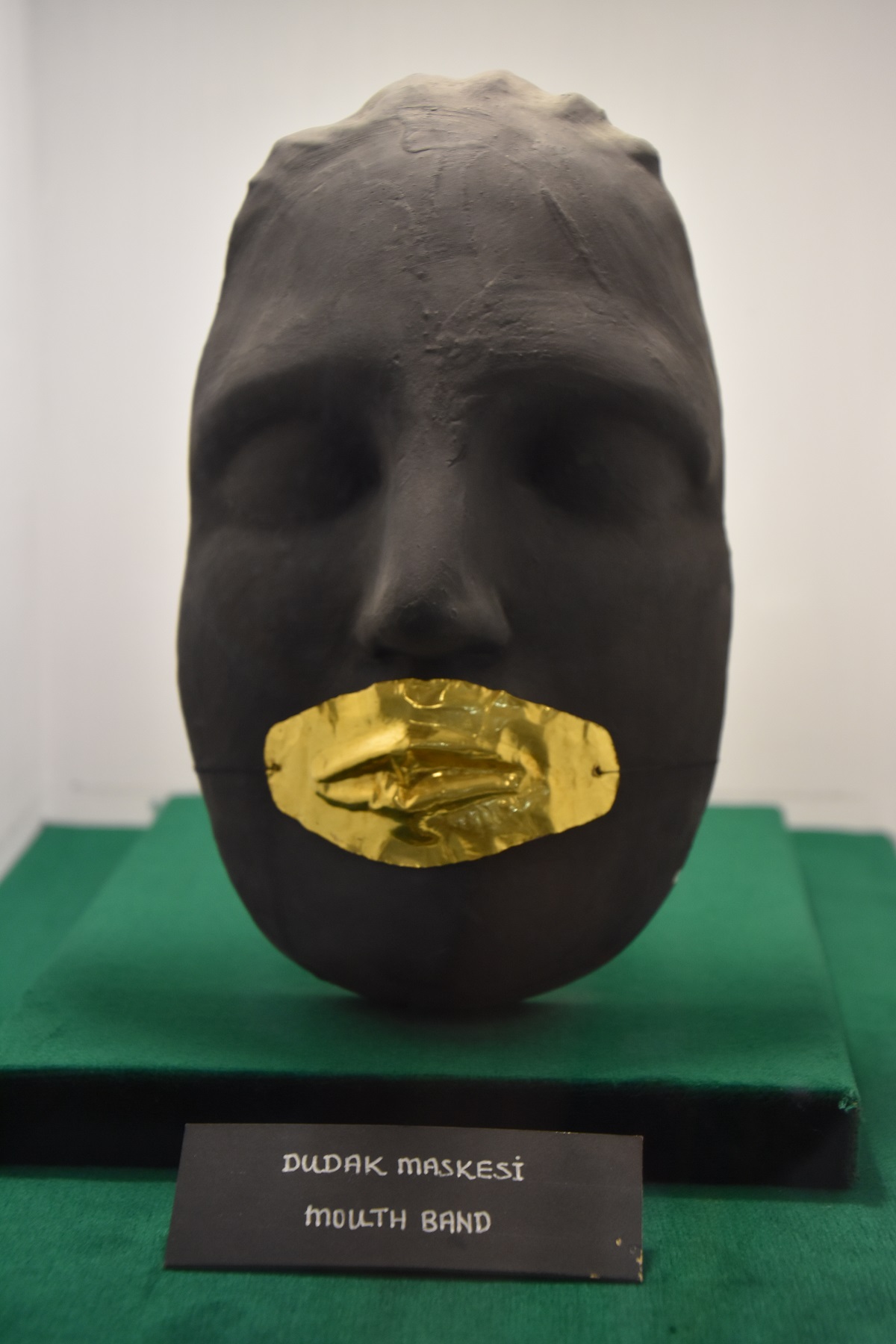
But in the centre of the room was the pièce de résistance. The artefact that I had read about long before visiting Soloi – the Golden Leaves of Soloi. A magnificent Greco/Roman headpiece formed of intricately-crafted gold leaves. It was stunning – the most impressive artefact I’ve seen in Cyprus so far. Amazing to think it had been dug out of the earth in a tomb near Soloi.
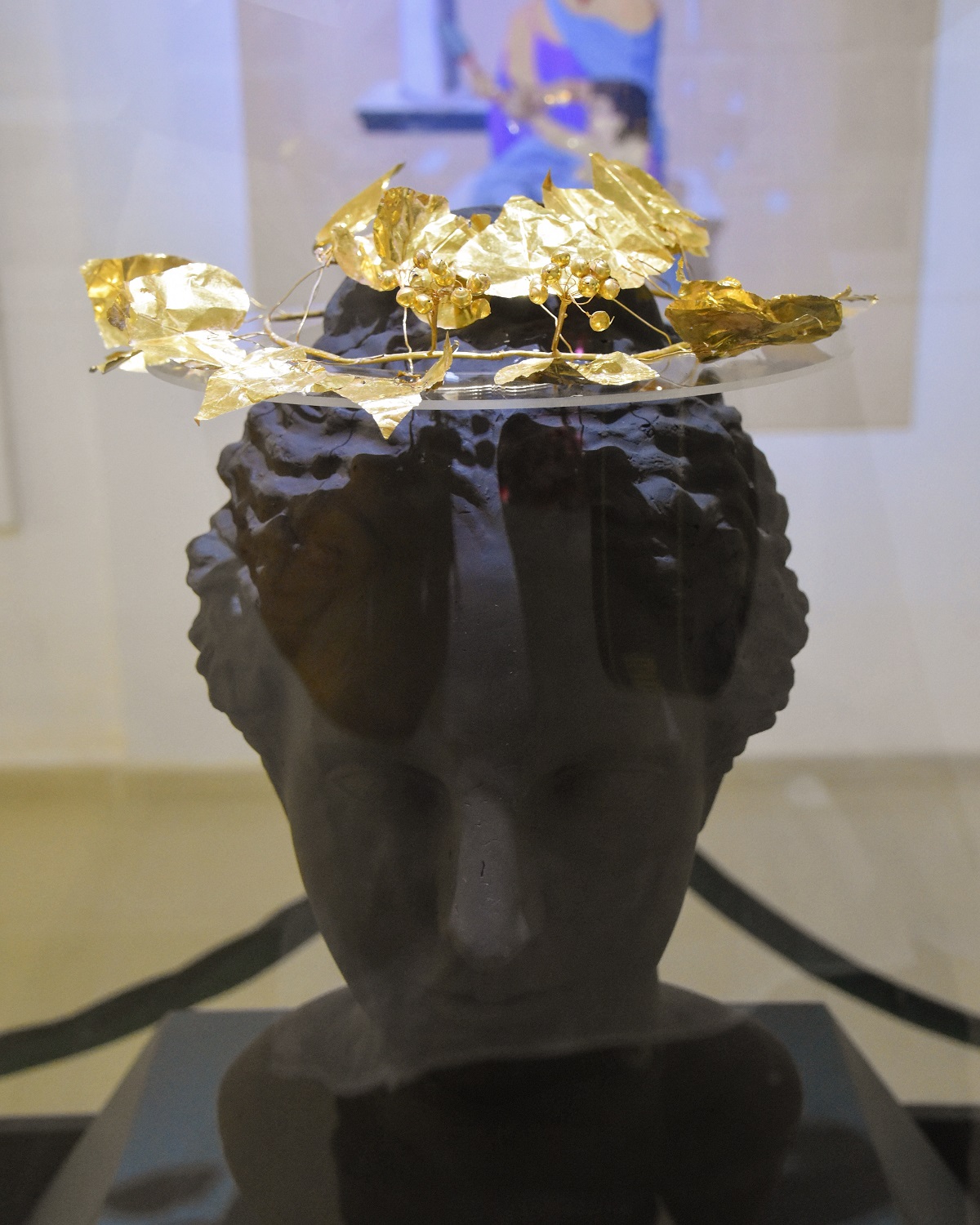
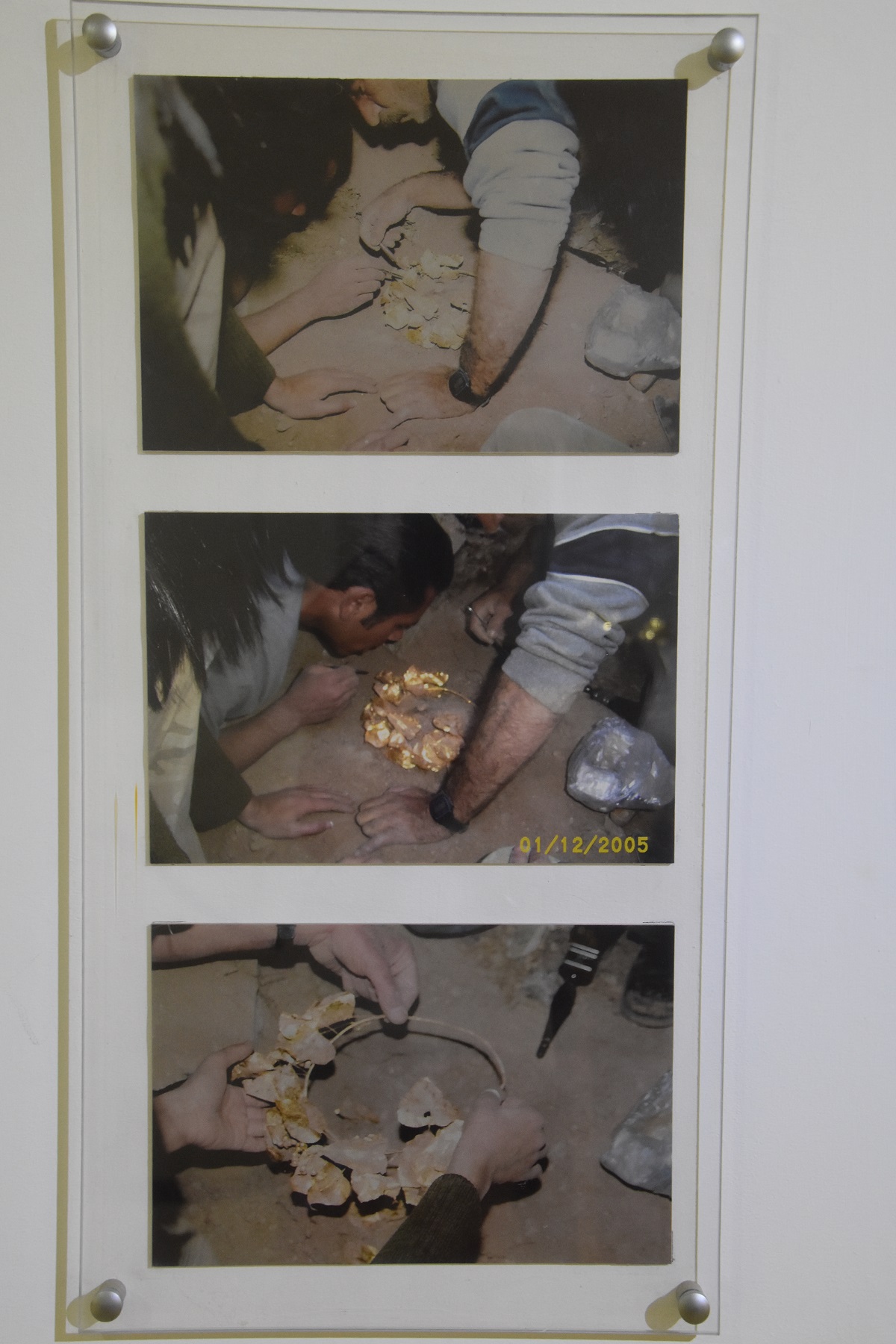
A map on the museum wall showed why we hadn’t found the location of the treasure-find in Soloi. It was found in a tomb on the other side of the hill. It wasn’t sign-posted, so perhaps not accessible to the public. But that won’t stop me looking next time . . .
Next door to the museum is the Agios Mamas Church, which we hadn’t planned to visit, but the museum receptionist took us to it on our way out of the museum. Agios Mamas is a beautiful Orthodox church, filled with icons and an impressive chandelier. In the north wall is the tomb of St Mamas, but most of it is underground and we didn’t see it. St Mamas is the patron saint of tax avoiders and legend has it that if you dip your fingers in the holy liquid on top of the tomb, you will be cured of ear, nose and throat infections.
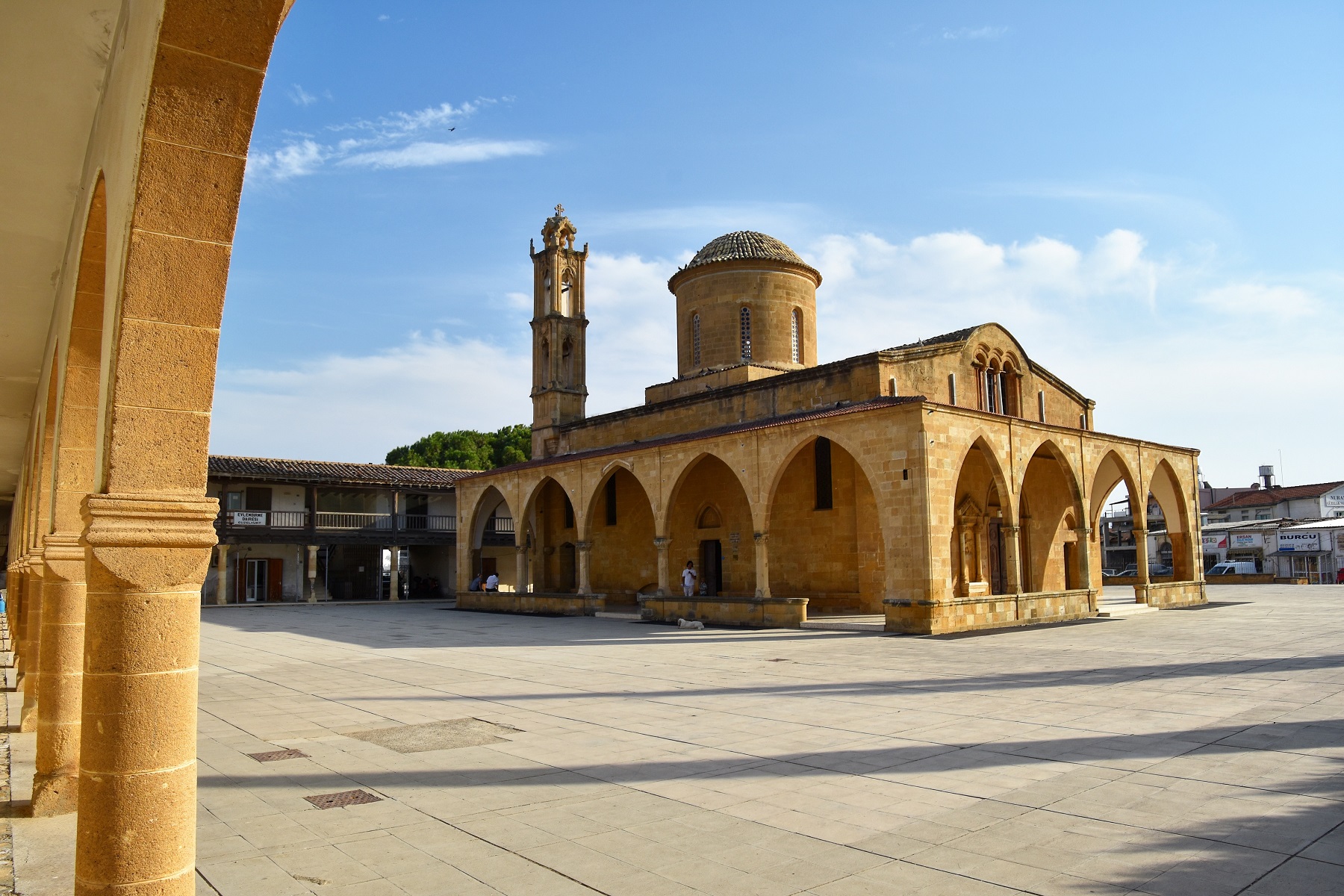
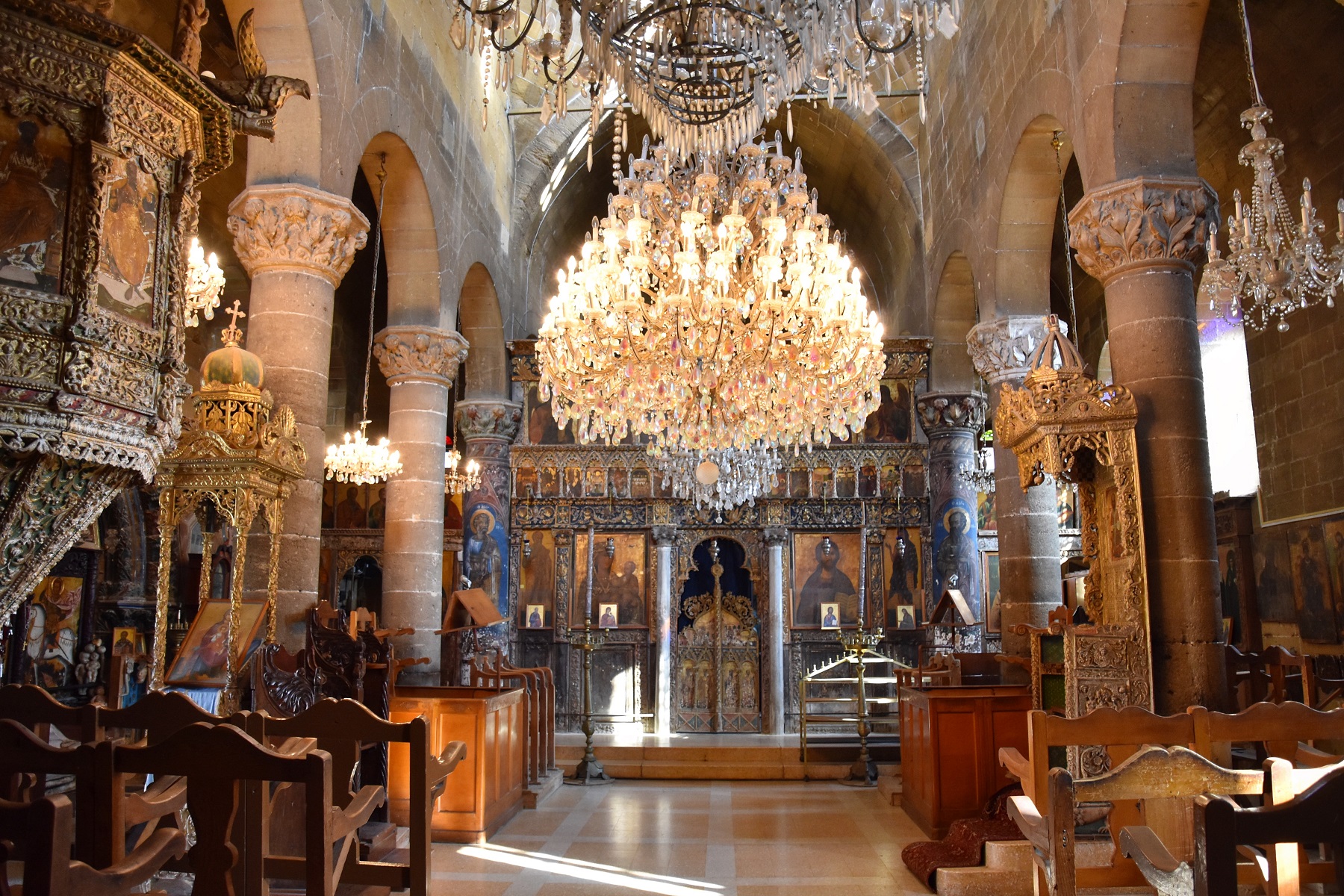
If you are ever in the Morphou area, you can visit the museum, Soloi and Vouni happily in one day. This part of Cyprus has a unique, remote atmosphere that keeps drawing us back – its many layers of history, sitting side-by-side. And the promise of many more layers, hidden beneath the surface. Waiting to be discovered.
Leave a Reply